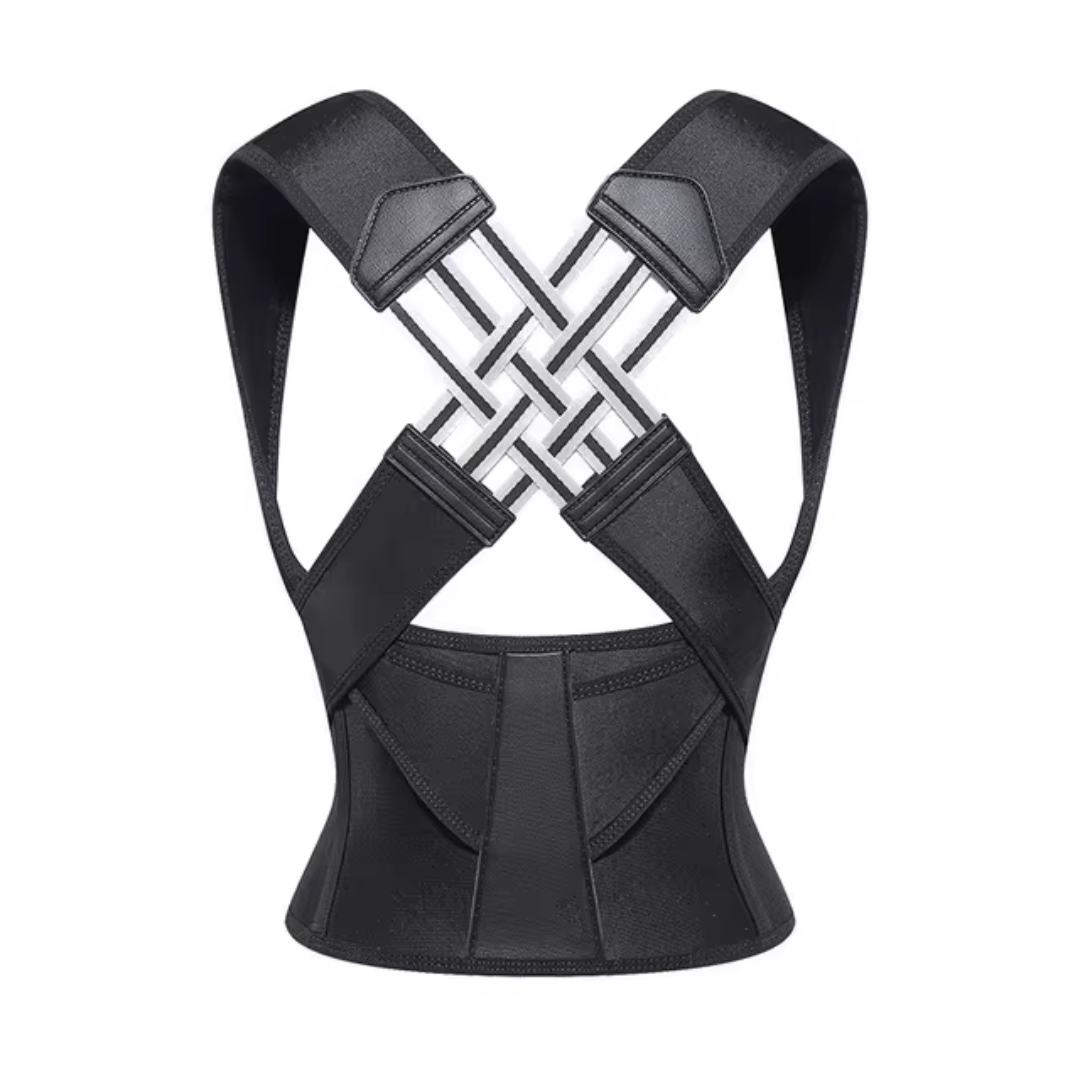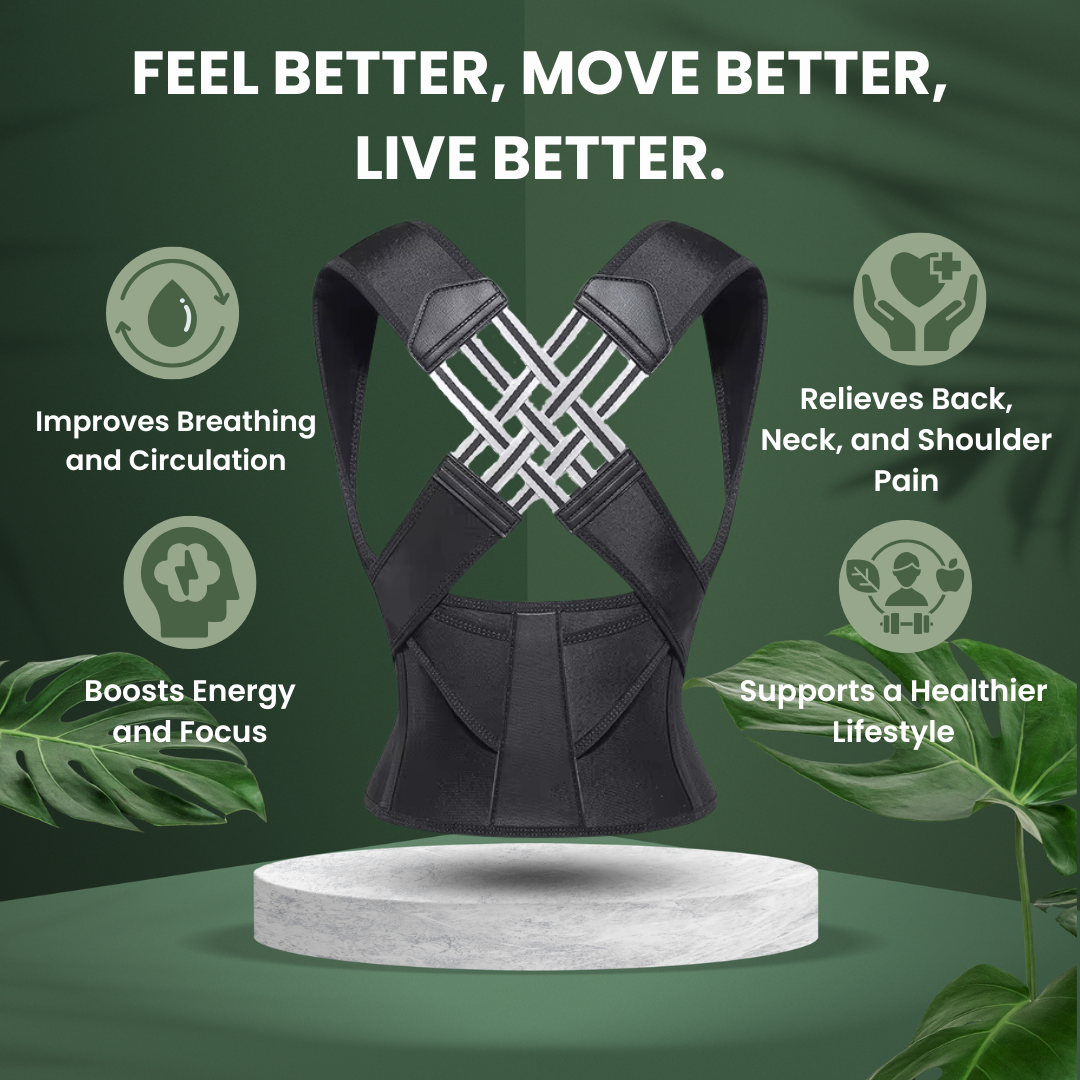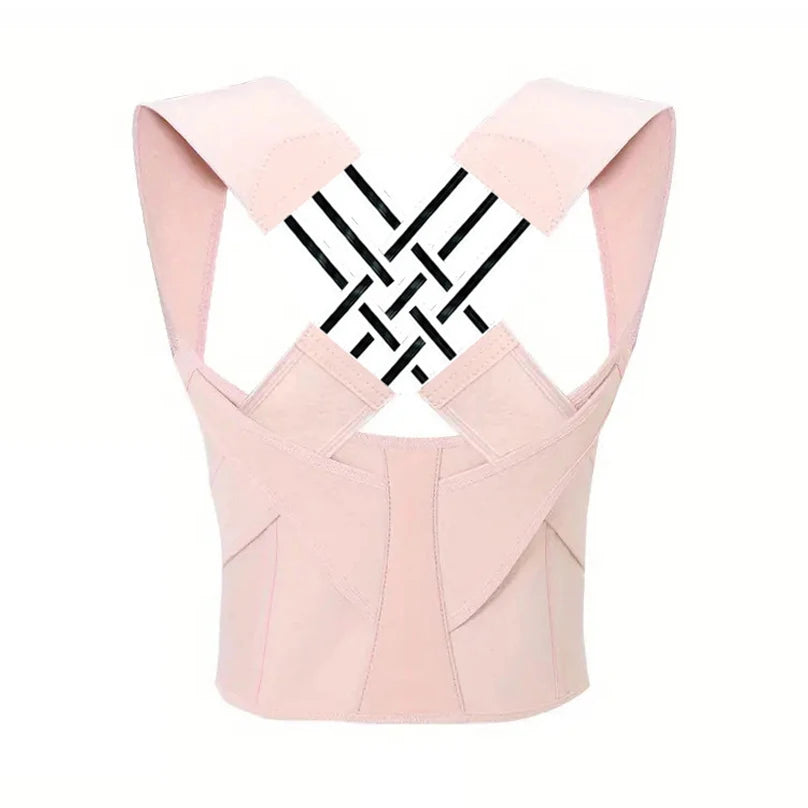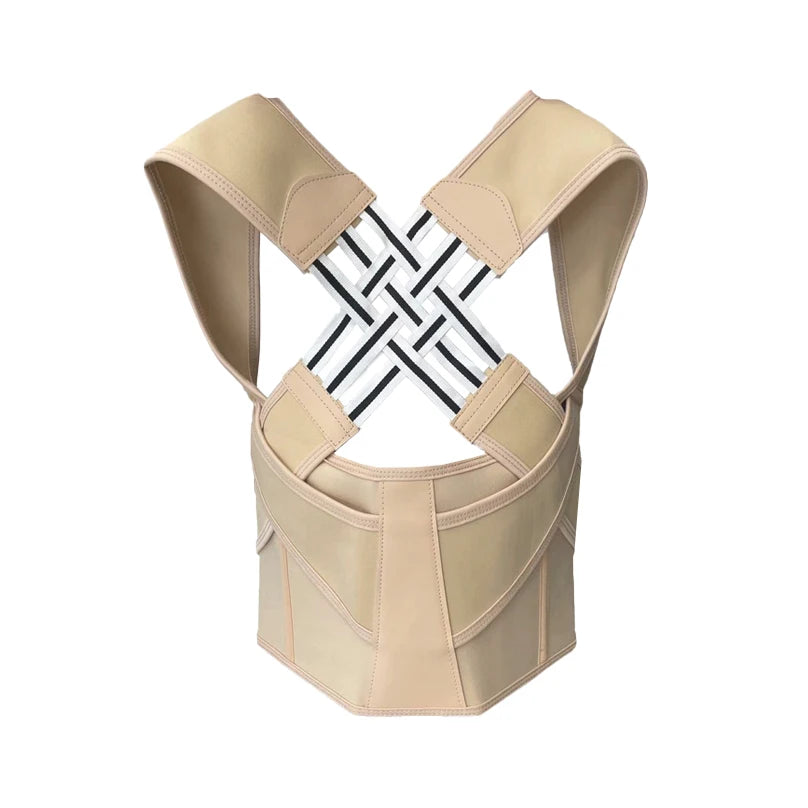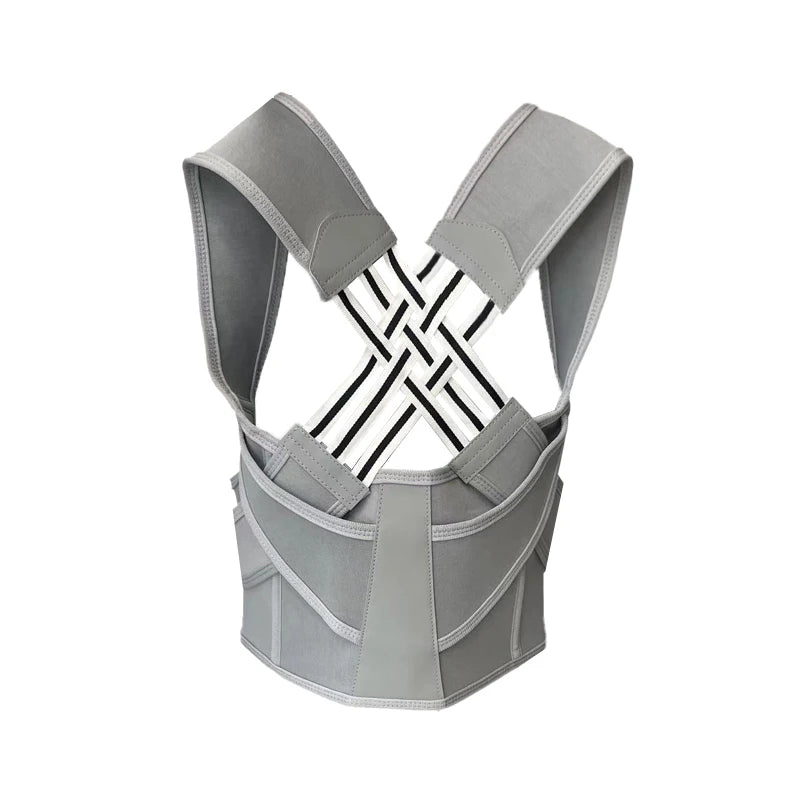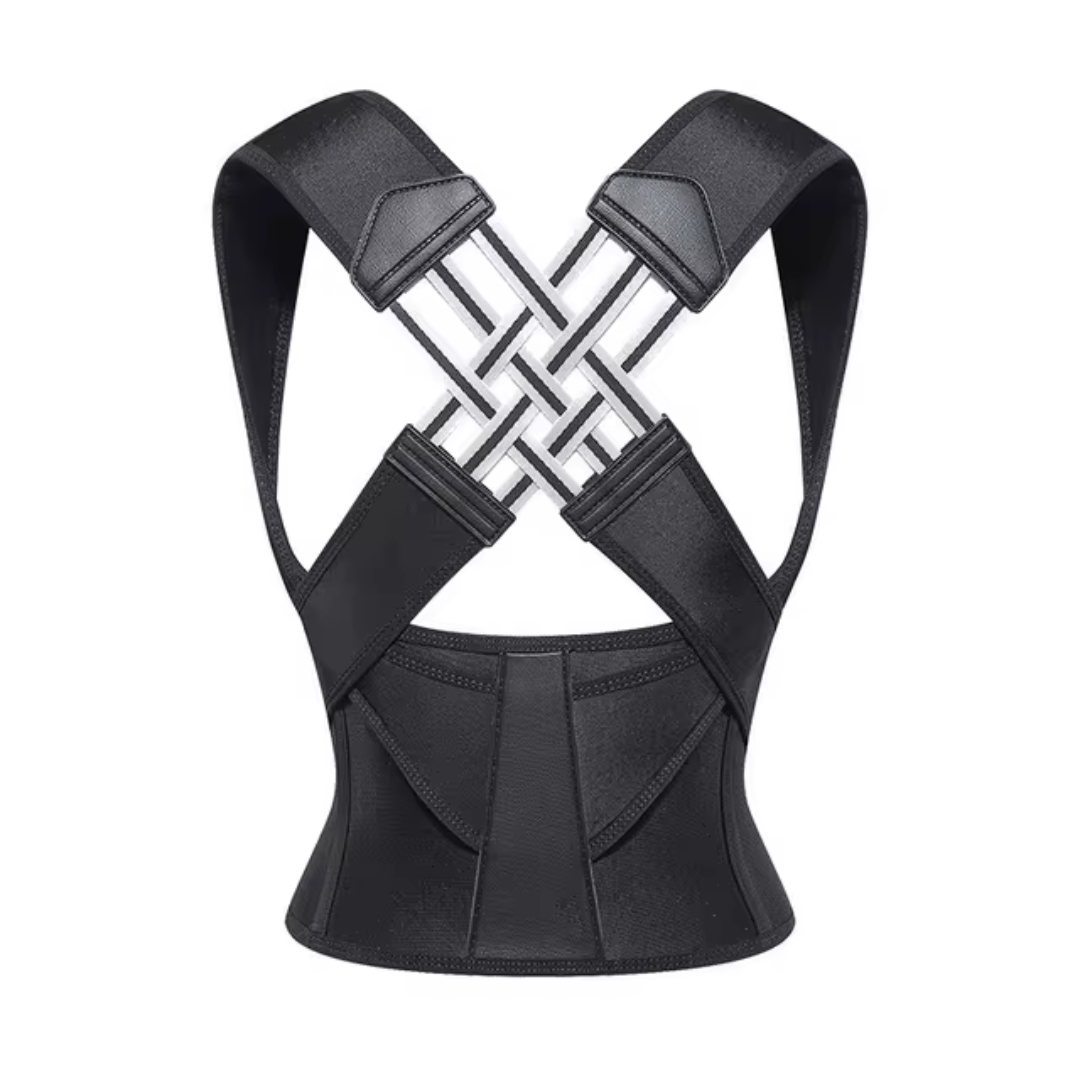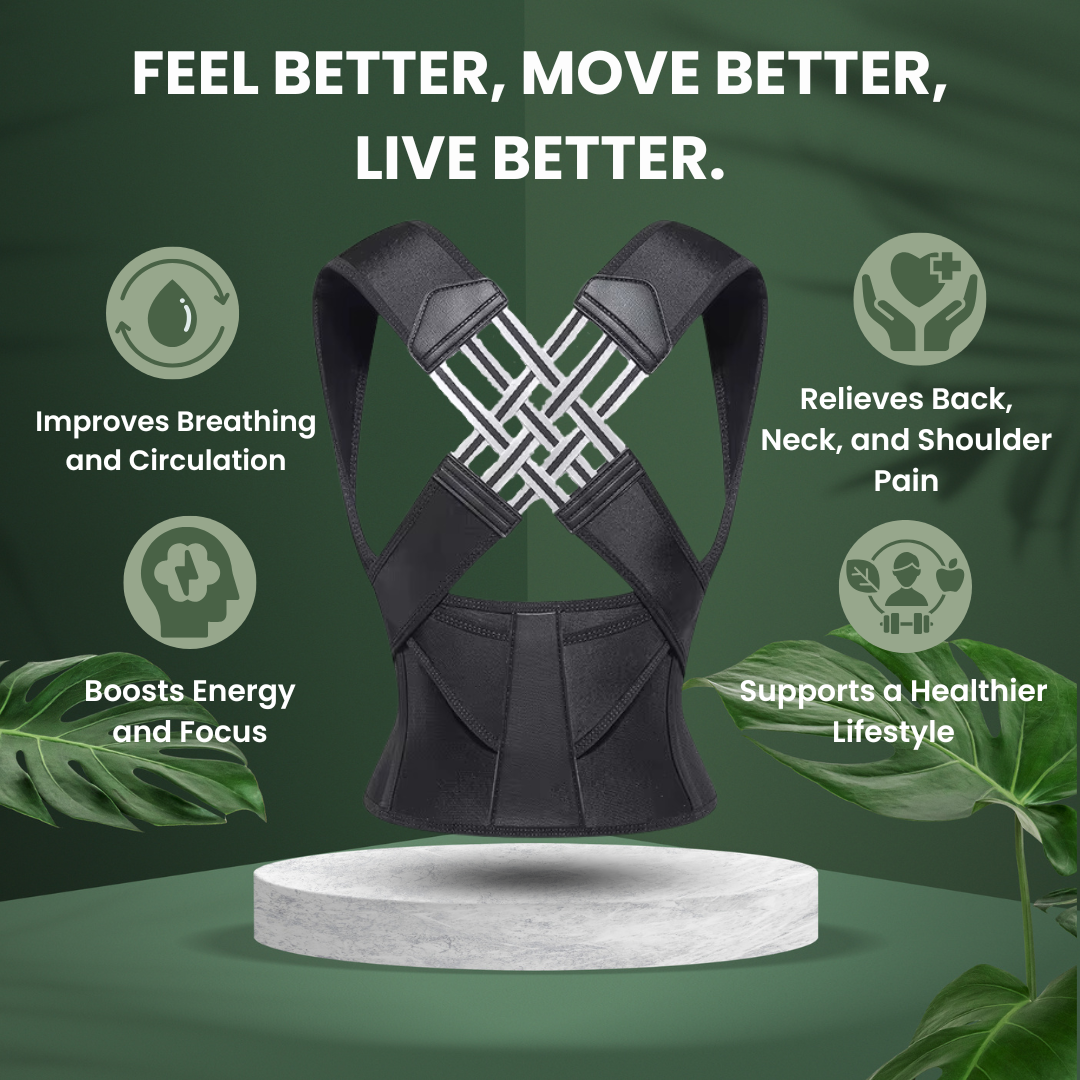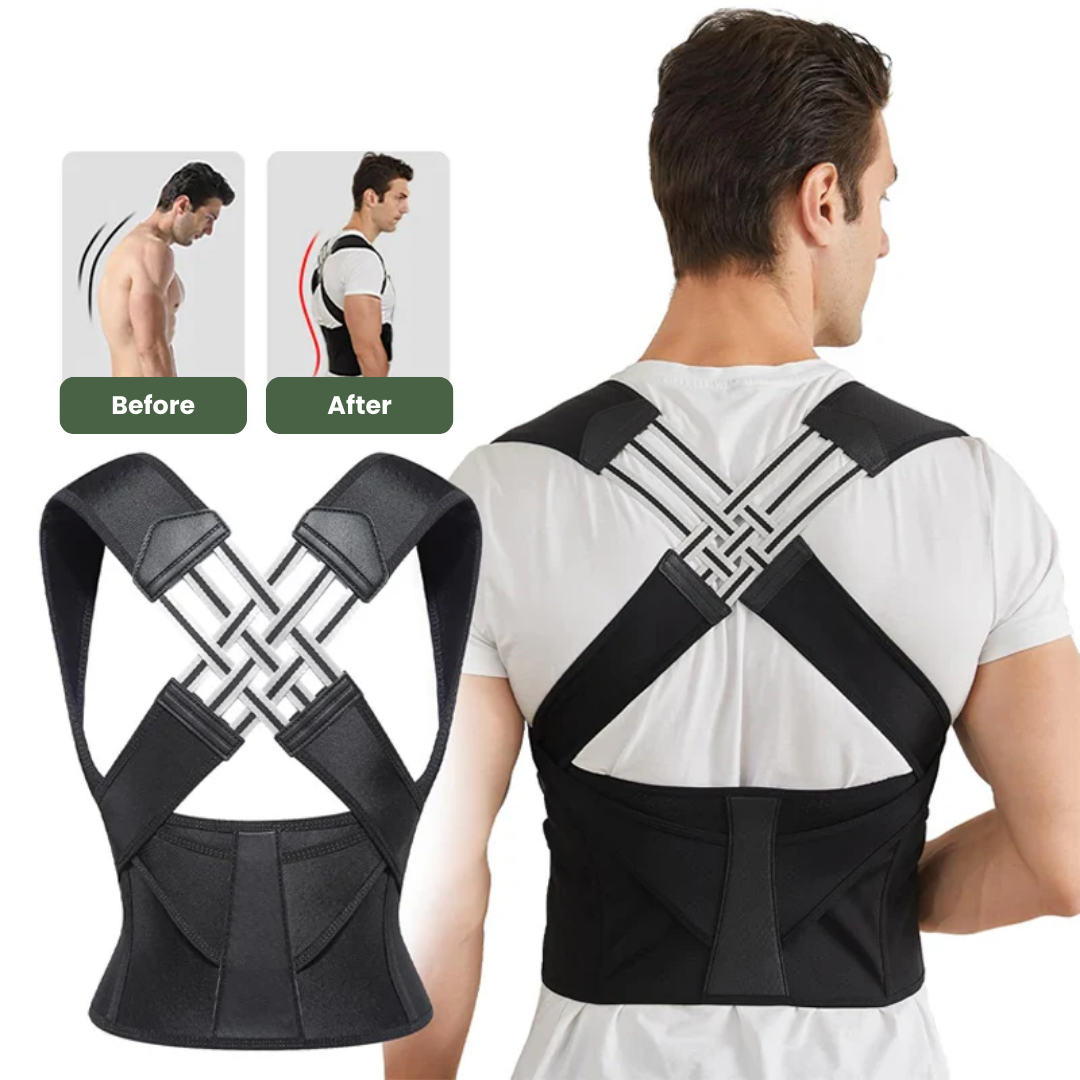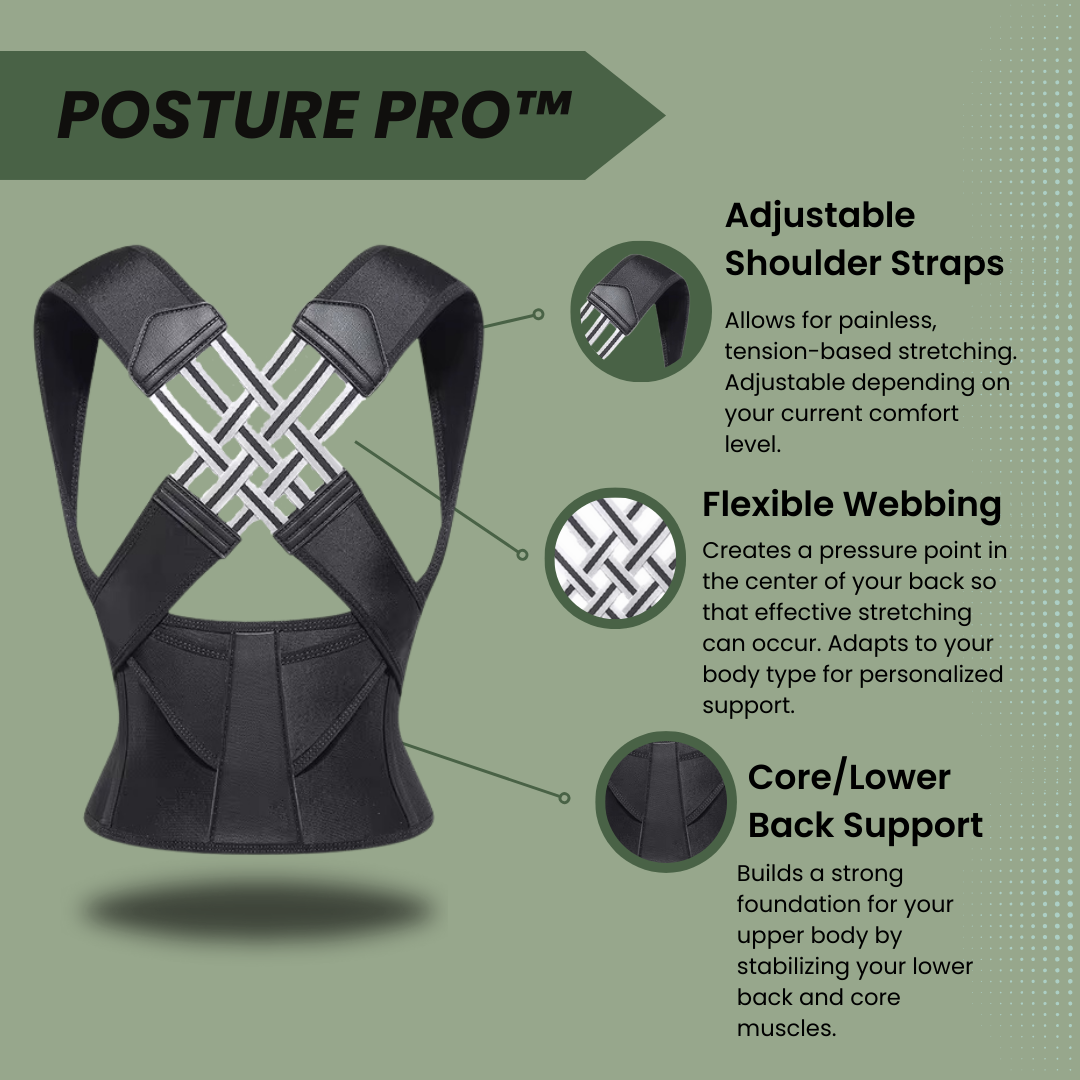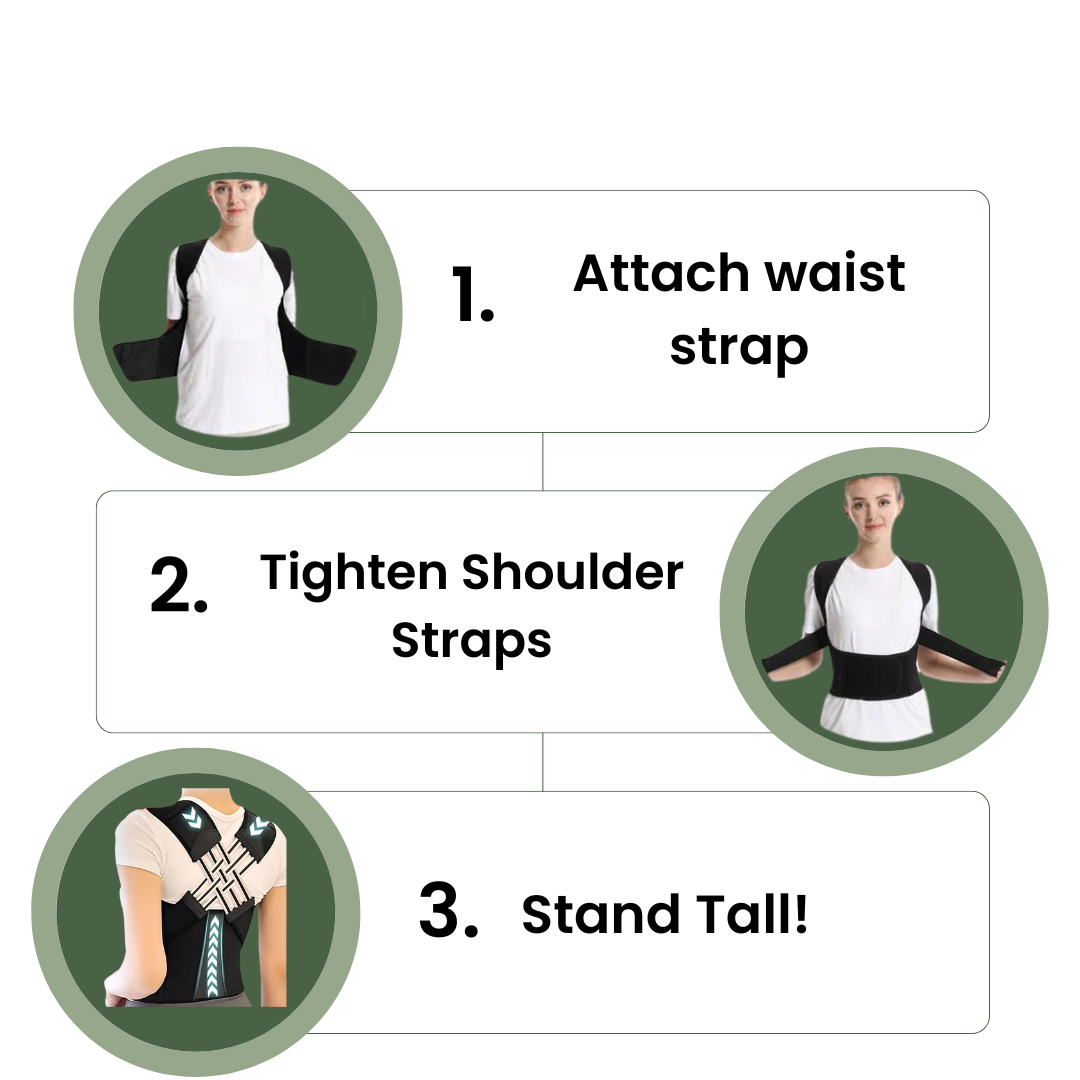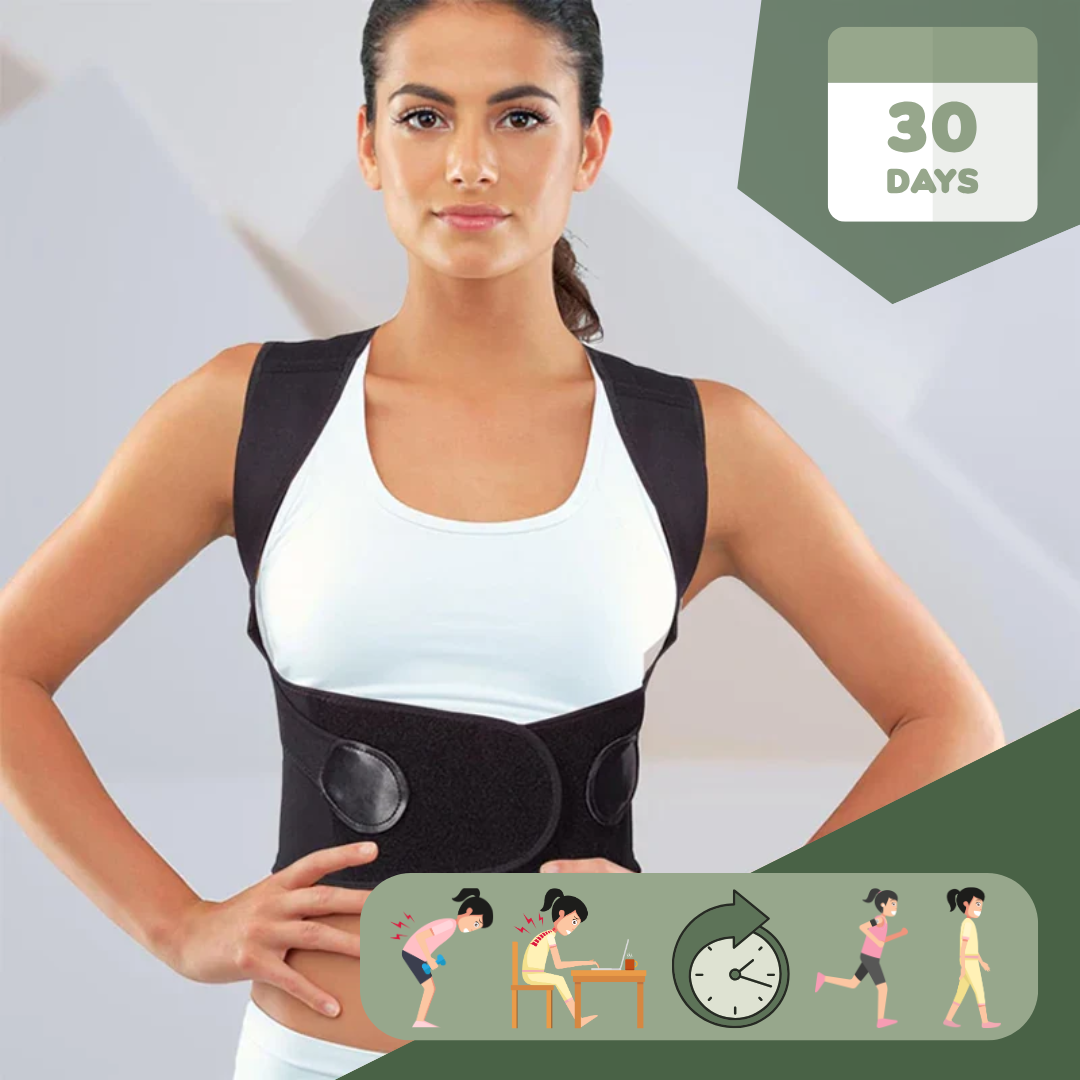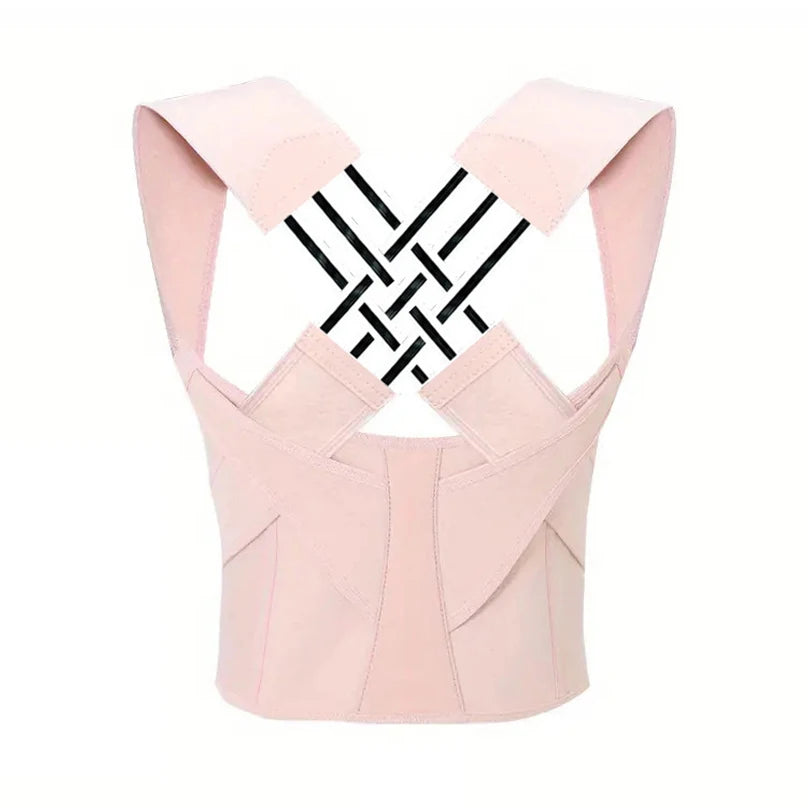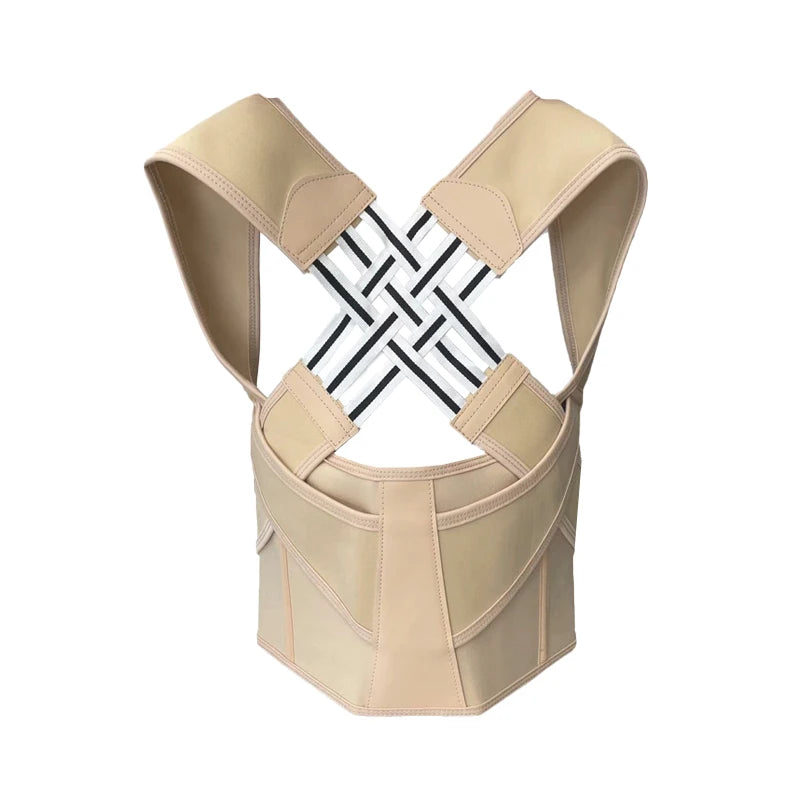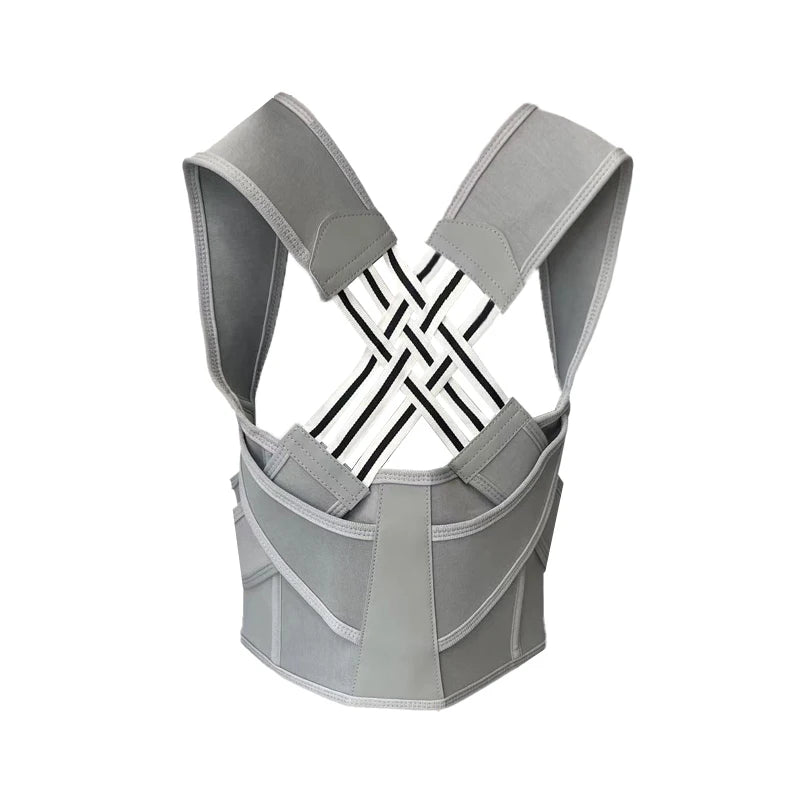Many martial artists struggle with flexibility and injury. This guide will show you effective stretching exercises to boost your performance and prevent injuries.
Discover the key to improved martial arts training now.
Key Takeaways
- Stretching improves martial artists' flexibility, allowing for better technique performance and injury prevention.
- Dynamic stretches warm up the body before training, while static stretches help with muscle recovery afterward.
- Common stretching mistakes include overstretching, skipping stretching routines, and not focusing on proper breathing.
- PNF stretching enhances flexibility by alternating between muscle contraction and relaxation.
- A comprehensive routine with specific exercises can boost agility, reduce soreness, and support overall physical fitness in martial arts.
The Importance and Benefits of Stretching for Martial Arts
Stretching plays a crucial role in martial arts training. It enhances flexibility, which allows practitioners to perform techniques more effectively and reduces the risk of injuries.
Improved flexibility and range of motion
Flexibility training plays a crucial role in martial arts. Improved flexibility enhances your range of motion, allowing for better performance in techniques and movements. It helps prevent lower back pain, a common issue among fighters.
Practicing hip flexor stretches can also improve leg mobility, essential for high kicks and swift footwork.
The Ultimate Stretching Routine for Martial Artists includes exercises to target all major muscle groups. This guide provides detailed workout guidelines tailored to various martial art styles.
As you incorporate these routines into your daily stretching routine, you will notice significant improvements in agility and overall physical fitness.
Flexibility is the key to mastering any martial art.
Injury prevention
Injury prevention plays a crucial role for martial artists. Stretching can significantly reduce the risk of injuries during training sessions. The Ultimate Stretching Routine for Martial Artists: A Comprehensive Guide highlights effective stretching techniques to ensure safe practice.
Proper flexibility training improves range of motion, allowing practitioners to execute movements with ease.
Muscle soreness often follows intense workouts, but consistent stretching aids in recovery. Reducing this soreness helps athletes maintain peak performance levels. This guide also emphasizes stretches targeting areas prone to injury, such as the lower back and legs.
For serious martial artists, managing flexibility is essential for longevity in their practice and improved athletic performance overall.
Better performance
Stretching greatly enhances performance for martial artists. Improved flexibility allows fighters to execute powerful kicks and swift movements more effectively. This routine helps martial artists achieve full splits, which adds depth to their techniques.
By focusing on specific stretching exercises, practitioners can target areas prone to injury, reducing downtime from training.
Blood flow increases during proper stretching. This boost promotes quicker recovery after workouts and reduces muscle soreness. The Ultimate Stretching Routine for Martial Artists provides essential guidance for effective stretching techniques.
With ten tailored workouts for different martial arts styles, athletes gain comprehensive support in their flexibility training efforts.
Different Types of Stretching for Martial Arts

Martial artists use various stretching techniques to improve performance. Each method plays a vital role in enhancing flexibility and mobility.
Dynamic Stretching
Dynamic stretching plays a crucial role in martial arts warmup routines. It prepares the body for intense activities by improving flexibility and range of motion. These stretches involve movement, which helps increase blood flow to the muscles.
Examples include leg swings and arm circles.
Incorporating dynamic stretches into your training can enhance performance and reduce injuries. Focus on areas prone to injury, like hips and lower back, to maximize benefits. This approach aids recovery after workouts, allowing practitioners to maintain peak physical condition while progressing towards advanced stretching techniques for maximum flexibility improvement.
Static Stretching
Static stretching plays a vital role in any martial arts practice. This method helps increase flexibility and reduces the risk of injury. After training, practitioners should focus on static stretches to cool down their muscles.
Holding each stretch for about 15-30 seconds promotes blood flow and aids recovery.
Martial artists often benefit from specific static stretching exercises that target common tight areas like the hamstrings, hips, and lower back. Incorporating these stretches into a regular routine can significantly improve overall performance.
Advanced stretching techniques enhance muscle relaxation and support agility drills essential for fighting styles such as MMA or Karate. With consistent practice, students can achieve full splits and greater mobility while minimizing post-workout soreness.
PNF Stretching
PNF stretching stands for Proprioceptive Neuromuscular Facilitation. This technique enhances flexibility and mobility, which is crucial for martial artists. It involves a pattern of contracting and relaxing muscles during stretches.
Practitioners push against resistance before relaxing into a deeper stretch. This method improves range of motion and reduces the risk of injury.
Incorporating advanced stretching techniques like PNF can significantly aid in increasing martial arts flexibility. It helps athletes achieve full splits, making movements smoother in styles like Taekwondo or MMA.
Many experienced fighters use this approach to alleviate lower back pain while enhancing performance. Focus on proper breathing throughout the process to maximize benefits from each session.
A Comprehensive Stretching Routine for Martial Artists
A comprehensive stretching routine for martial artists includes essential dynamic stretches before training and crucial static stretches after sessions. These exercises improve flexibility and enhance performance.
To learn the best sequence of stretches for your practice, read on!
Before Training: dynamic stretches and warm-ups
Dynamic stretches and warm-ups prepare martial artists for training. These exercises improve blood flow and reduce the risk of injury.
- Leg Swings: Stand on one leg. Swing the other leg forward and backward, keeping it straight. This move increases hip flexibility and warms up the lower body.
- Arm Circles: Extend both arms to the sides. Make small circles with your arms, gradually increasing the size. This exercise helps enhance shoulder mobility.
- High Knees: Run in place while lifting your knees towards your chest. Keep a quick pace to elevate your heart rate and activate your legs.
- Walking Lunges: Take a step forward into a lunge position, alternating legs as you move forward. Walking lunges engage multiple muscle groups and improve balance.
- Hip Openers: Raise one knee towards your chest, then rotate it out to the side before stepping down. Repeat with the other leg to stretch hip muscles effectively.
- Torso Twists: Stand with feet shoulder-width apart. Rotate your torso side to side while keeping your lower body steady. This warms up the spine and core muscles.
- Inch Worms: Start in a standing position, bend at the waist, and walk your hands out into a plank position, then walk back up to stand again. This dynamic stretch engages various muscle groups and improves overall flexibility.
- Side Lunges: Step out to one side into a deep lunge while keeping the opposite leg straight. Alternate sides for better inner thigh flexibility.
- Butt Kicks: Jog in place while kicking your heels toward your glutes quickly. This movement warms up hamstrings and prepares them for action in martial arts training.
- Skater Jumps: Jump laterally from one foot to the other as if skating sideways while engaging core muscles throughout the movement. Skater jumps enhance agility needed for martial arts performance.
These dynamic stretches serve crucial roles in preparing martial artists physically for their workouts and enhancing performance through effective mobility drills.
After Training: static stretches and cool-downs
Static stretches and cool-downs play a crucial role in any martial artist's routine. They help the body recover after intense training sessions and reduce muscle soreness.
- Static stretching improves flexibility. It allows muscles to relax and lengthen after workouts, promoting better blood flow to aid recovery.
- Incorporate stretches that target major muscle groups. Focus on areas prone to injury, such as hamstrings, quadriceps, and lower back.
- Hold each stretch for 15 to 30 seconds. This duration provides enough time for the muscles to fully relax and lengthen.
- Include exercises like seated forward bends for hamstrings. These stretches can significantly enhance flexibility over time.
- Use standing quadriceps stretches to alleviate tightness in the front of your thighs. This will support overall mobility during martial arts movements.
- Implement child’s pose for lower back pain relief. This position gently stretches the back muscles while promoting relaxation.
- Add butterfly stretches for hip flexibility training; this helps improve your range of motion in various techniques.
- Prioritize consistent practice after every session with these static stretches; they work best when done regularly.
- Maintain proper breathing throughout each stretch session; focus on slow, deep breaths to maximize benefits.
- Finally, consider using foam rollers or massage sticks post-training to relieve tension further and assist muscle recovery.
These practices ensure that martial artists maintain peak physical condition while minimizing injury risks and enhancing overall performance in their craft.
Common Mistakes to Avoid in Stretching for Martial Arts
Many martial artists make mistakes while stretching. They often overstretch, which can lead to injuries. Some people skip stretching altogether and miss out on its benefits. Others forget the importance of focusing on proper breathing during their routine.
Each mistake hinders performance and flexibility. Avoid these issues to improve your training outcomes. Discover more about effective stretching techniques in our guide!
Overstretching
Overstretching can lead to serious injuries. Many martial artists push their bodies too far. This practice increases the risk of strains and tears. Stretching should enhance flexibility training for martial artists, not limit it.
Focus on safe stretching techniques during your routine. The Ultimate Stretching Routine for Martial Artists emphasizes proper methods to prevent overstretching. Practitioners need to listen to their bodies while performing dynamic or static stretches.
Proper breathing also plays a key role in effective flexibility exercises, helping maintain control and safety throughout yoga and conditioning drills.
Skipping stretching altogether
Skipping stretching can lead to serious issues for martial artists. Failing to stretch reduces flexibility and limits range of motion. Poor flexibility often results in injuries during training or competition.
Martial arts conditioning drills require proper movement. Without warm-up stretches, muscles may not respond well. This increases the risk of strains and sprains.
The Ultimate Stretching Routine for Martial Artists emphasizes that people should never skip their stretching routine. Practicing dynamic stretching before training prepares the body for action.
After workouts, static stretching aids recovery and prevents soreness. Neglecting these practices compromises performance and recovery time for fighters.
Not focusing on proper breathing
Breathing plays a crucial role in stretching for martial arts. Many practitioners forget this important aspect. Proper breathing helps increase flexibility, reduces tension, and promotes relaxation.
Deep breaths deliver more oxygen to the muscles, supporting better performance during training sessions. Without attention to breath control, you may experience muscle tightness or discomfort.
During static stretching for martial arts, exhaling as you stretch can enhance your range of motion. Dynamic stretching requires rhythmic breathing to maintain energy levels and focus.
Failing to breathe correctly limits the effectiveness of mobility exercises and increases the risk of injury. Emphasizing proper breathing techniques can significantly improve your overall conditioning and aid recovery after workouts.
Conclusion
The Ultimate Stretching Routine for Martial Artists: A Comprehensive Guide offers essential techniques for improving flexibility. This guide helps martial artists enhance their performance and reduce injury risks.
Practicing these stretches will lead to better mobility and a healthier body. Use this resource to elevate your training and achieve your goals in martial arts.
FAQs
1. How can these routines enhance my performance in Martial Arts?
These routines not only increase your agility through drills but also improve mobility with specific exercises tailored to martial arts. Advanced stretching techniques further enhance your flexibility as a fighter.
2. Can this routine help prevent injuries common in Martial Arts?
Yes, incorporating this stretching routine into your workout regimen can be an effective method of injury prevention in martial arts because it promotes overall body mobility and flexibility.
3. Are there any special considerations while doing these stretches and exercises?
Absolutely! It's important to follow the correct order of warm-up stretches before moving on to more advanced techniques or agility drills in your martial arts workout. This ensures maximum effectiveness and safety.


